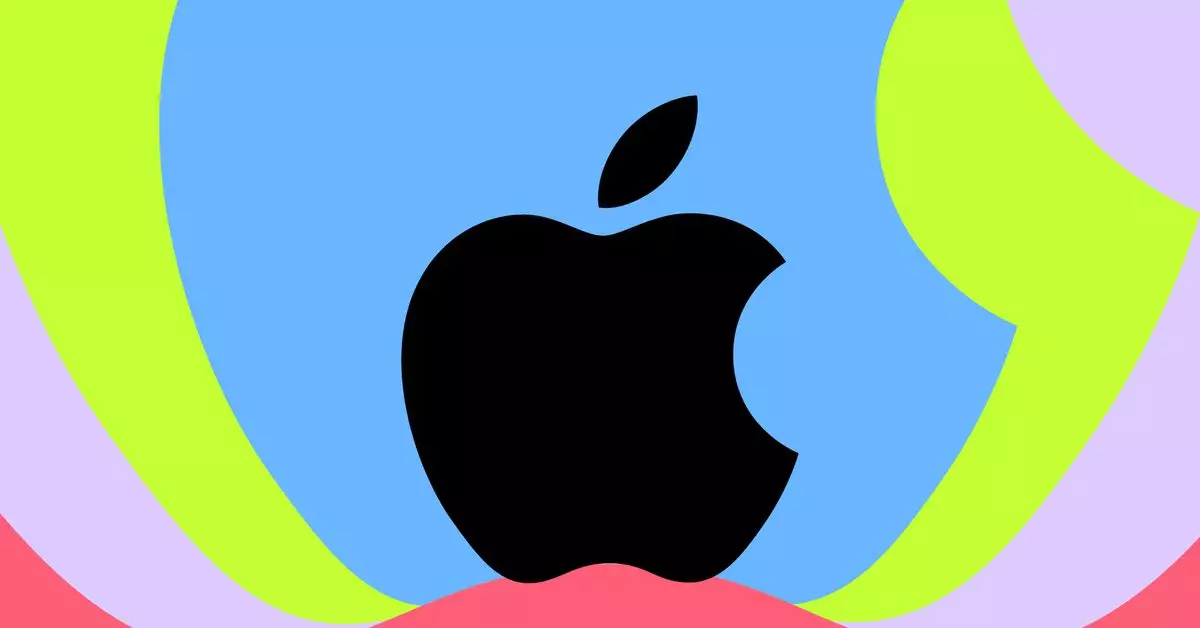As the world of mobile technology rapidly evolves, Apple is reportedly preparing to unveil the iPhone 17 Air, a device that is creating a buzz among tech enthusiasts. According to insights from Bloomberg’s Mark Gurman, this new iPhone iteration aims to introduce groundbreaking features and design principles by adopting a notably slimmer profile. Expected to be released in the fall, the iPhone 17 Air could set a new benchmark not only for Apple’s continued innovation but also for the smartphone market at large.
The iPhone 17 Air is projected to bring a thickness reduction of approximately 2 millimeters compared to its predecessors. Speculations suggest the final measurements will place it between 5.5mm and 6.25mm, skimming the thickness of the M4 iPad Pro and even surpassing the slimness record previously set by the iPhone 6. This pursuit of minimalism is not merely an aesthetic choice; thinner devices can open up avenues for future technologies, especially as Apple eyes foldable screens for its flagship products.
Design plays a pivotal role in Apple’s strategy, and the designation “Air” echoes the company’s history with the MacBook Air and iPad Air. These models have carved out a niche for themselves due to their sleek profiles, and it seems only fitting for iPhones to follow suit. The anticipated size reduction, therefore, signals not just a shift in visual design but also a commitment towards integrating emerging technologies more seamlessly into future devices.
Beyond physical attributes, the iPhone 17 Air is positioned to serve as a testing platform for Apple’s innovative technology, including potential advancements in internal components like the in-house cell modem code-named Sinope. After its introduction in the iPhone SE, this modem could lead the way for performance enhancements in future devices, indicating a strategic shift towards greater self-reliance in technology development.
The rumor mill also hints at capabilities normally reserved for higher-end models. Reports suggest that the iPhone 17 Air may include a 6.6-inch ProMotion OLED display with Apple’s signature 120Hz variable refresh rate technology, previously exclusive to the Pro series. Coupled with a camera system boasting a single 48-megapixel lens on the rear and a 24-megapixel selfie camera, this device seems poised to appeal to both casual users and serious photographers alike.
Equipped with Apple’s A19 chip and potentially 8GB of RAM, the iPhone 17 Air is set to leverage advanced machine learning features through Apple Intelligence AI. This combination of power and intelligence could significantly enhance user experience, ensuring that Apple remains competitive in a saturated market while providing unique functionalities that resonate with consumers’ needs.
In short, the iPhone 17 Air is not just about looking good; it’s about preparing for the future of smartphones. With its sleek design, advanced technology integrations, and a commitment to continuous innovation, Apple seems determined to redefine what users can expect from their devices. As anticipation builds, tech enthusiasts eagerly await the official unveiling to see if the iPhone 17 Air lives up to its promises and establishes new standards in smartphone design and functionality.

